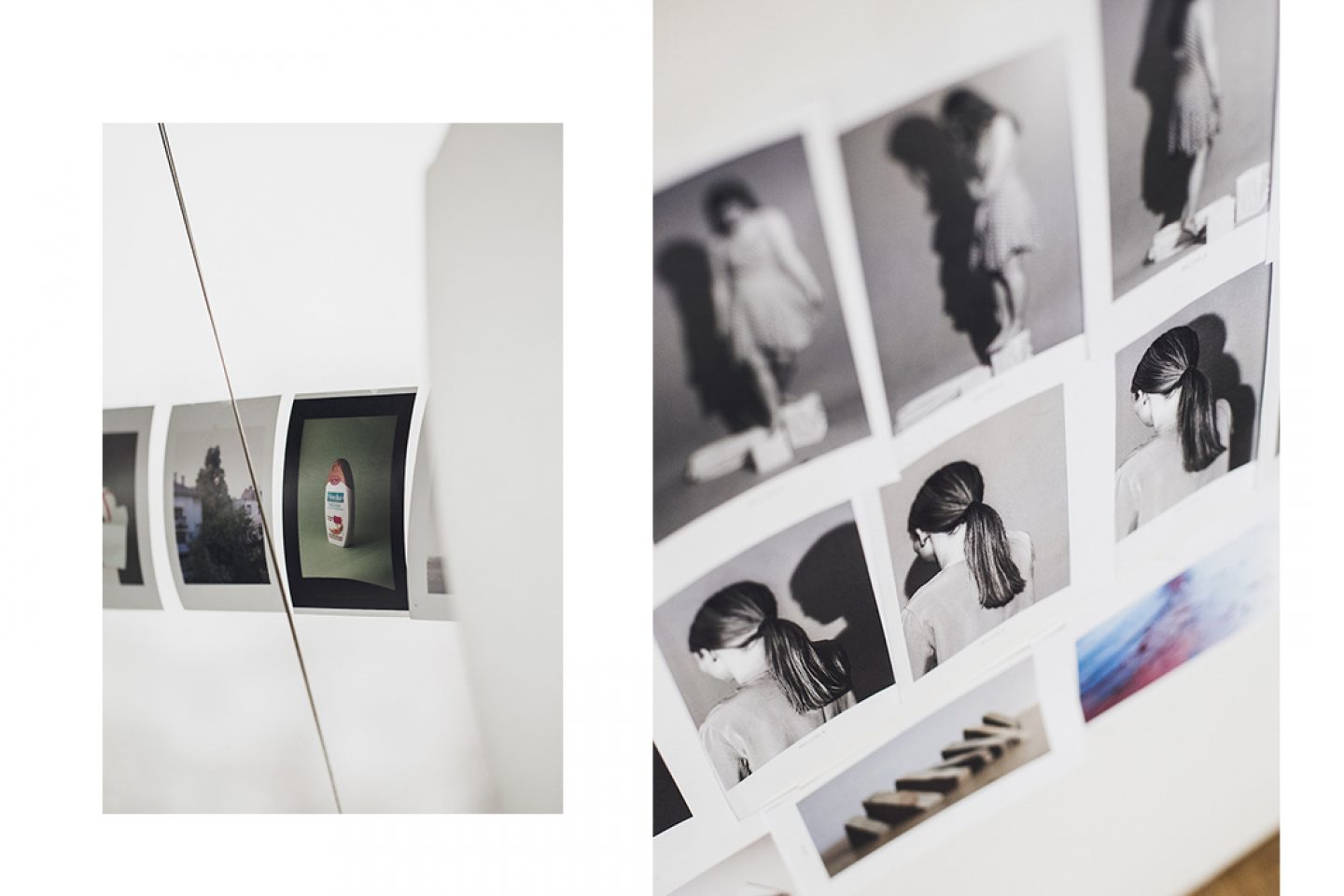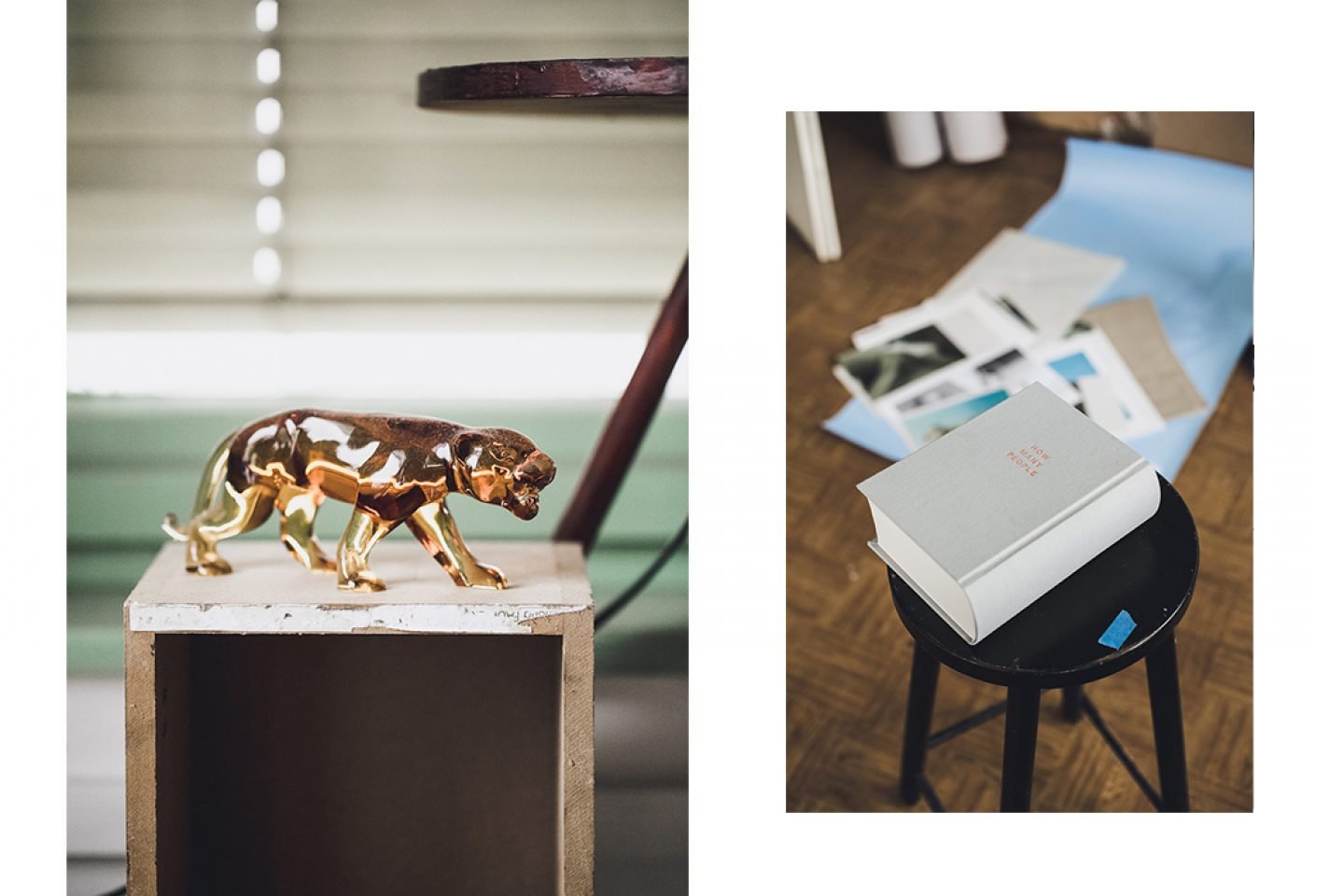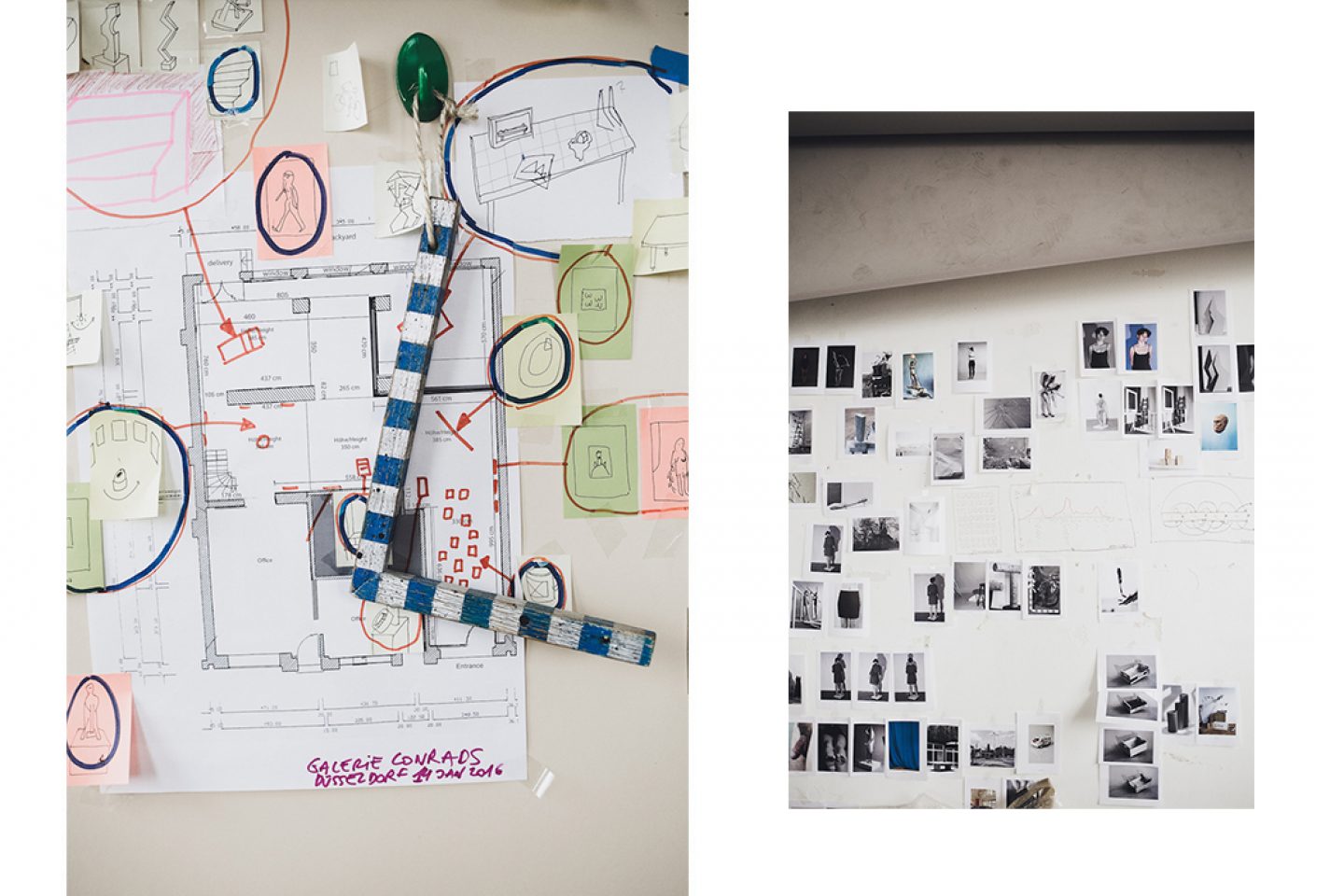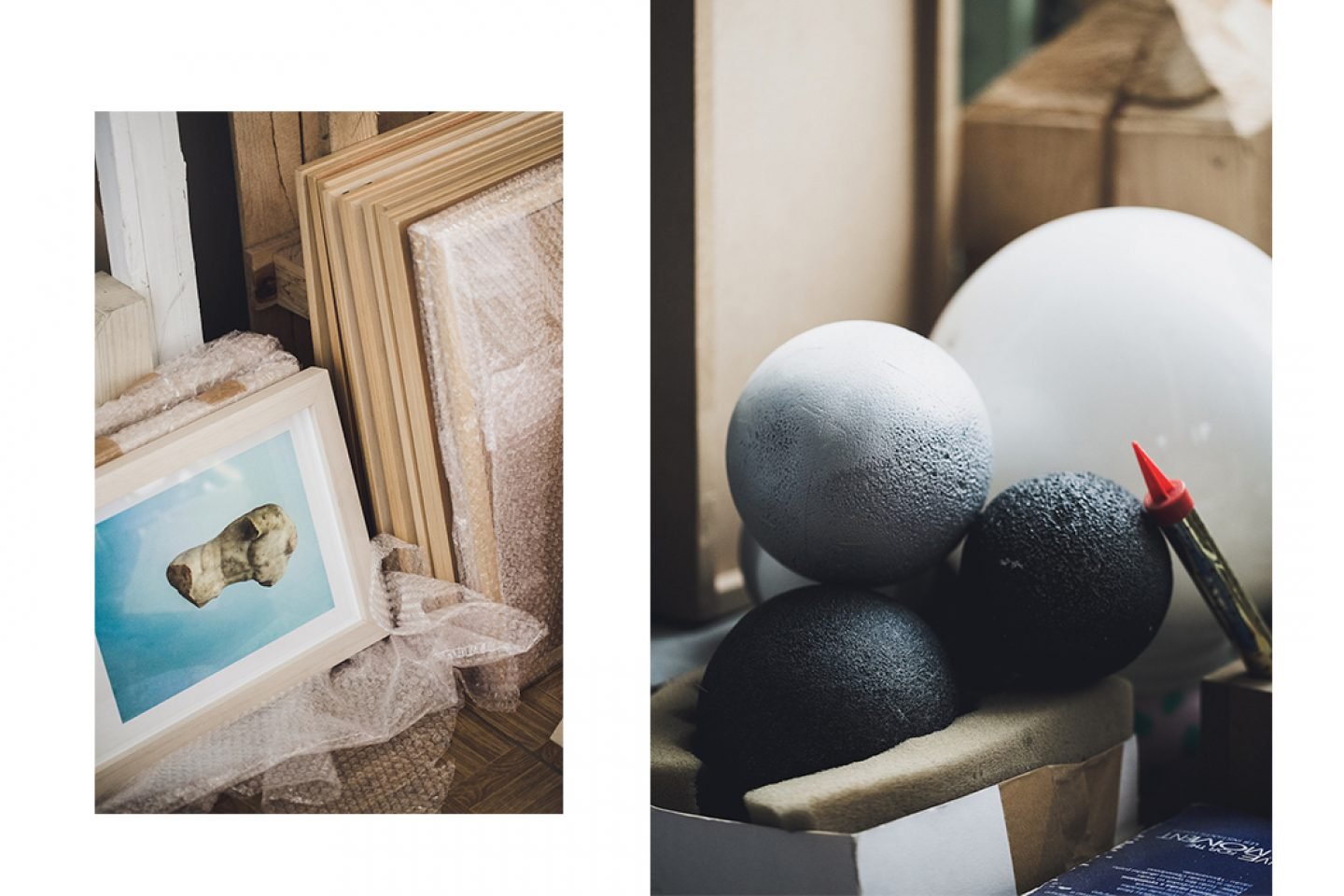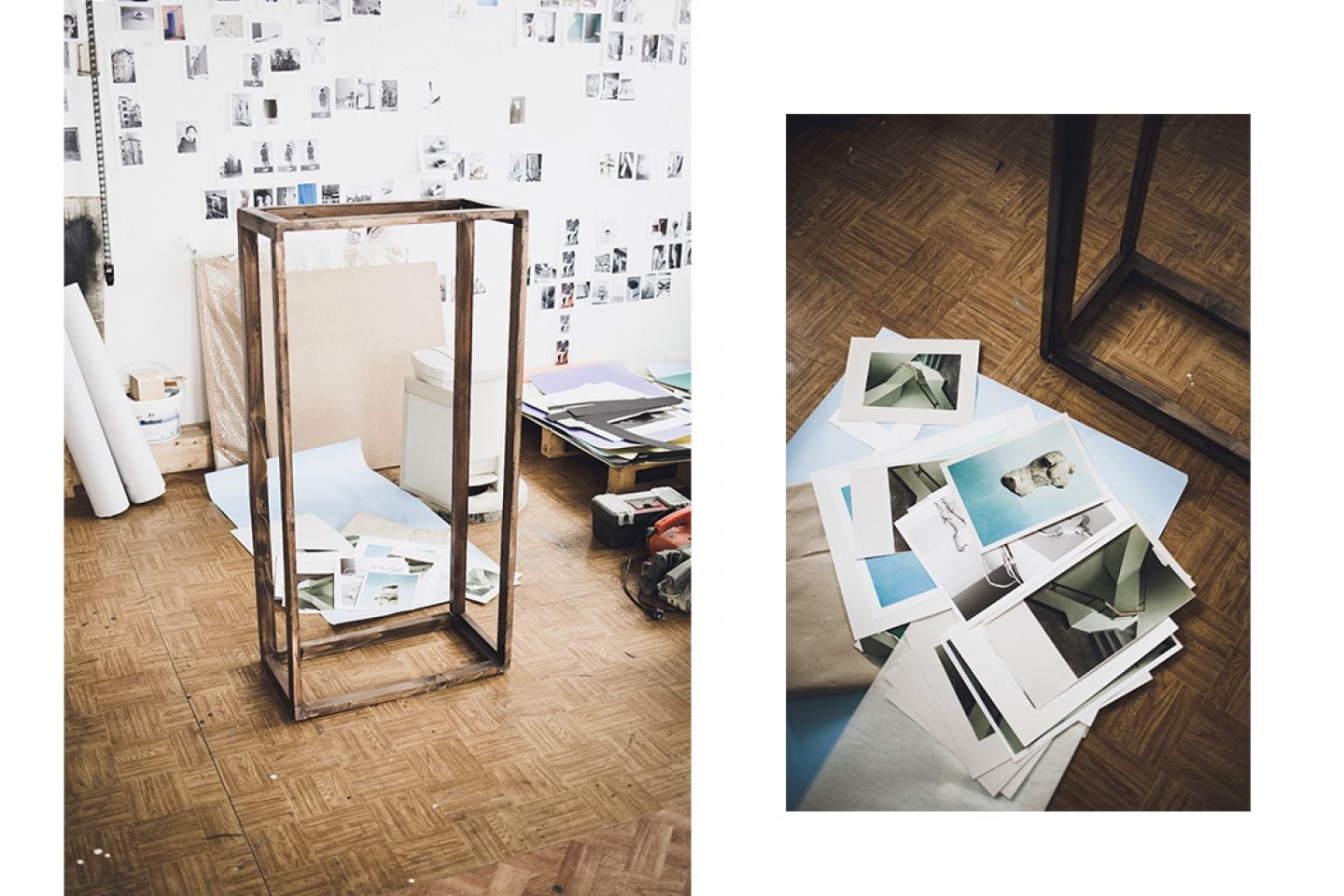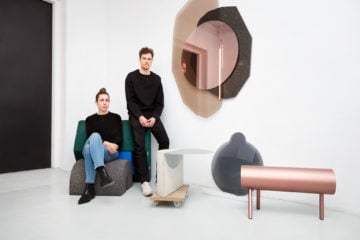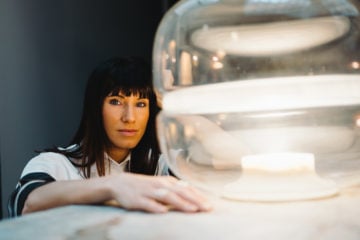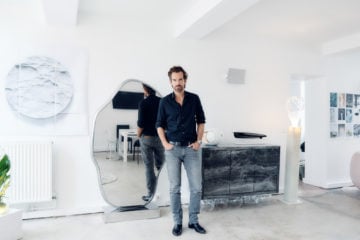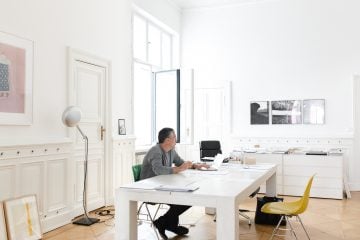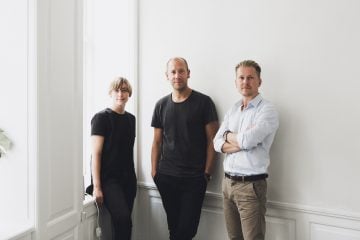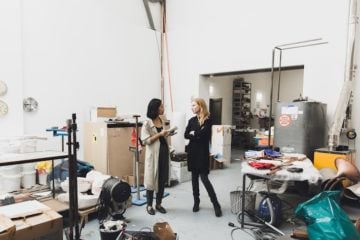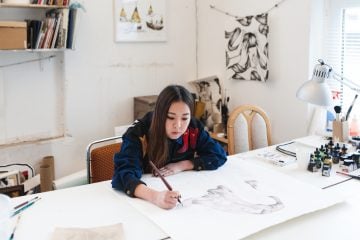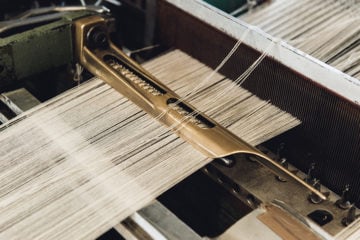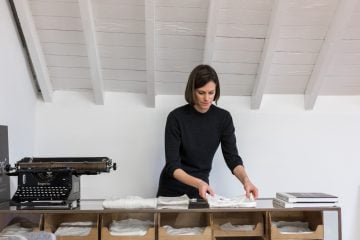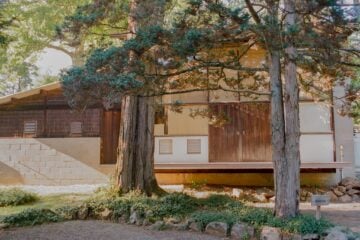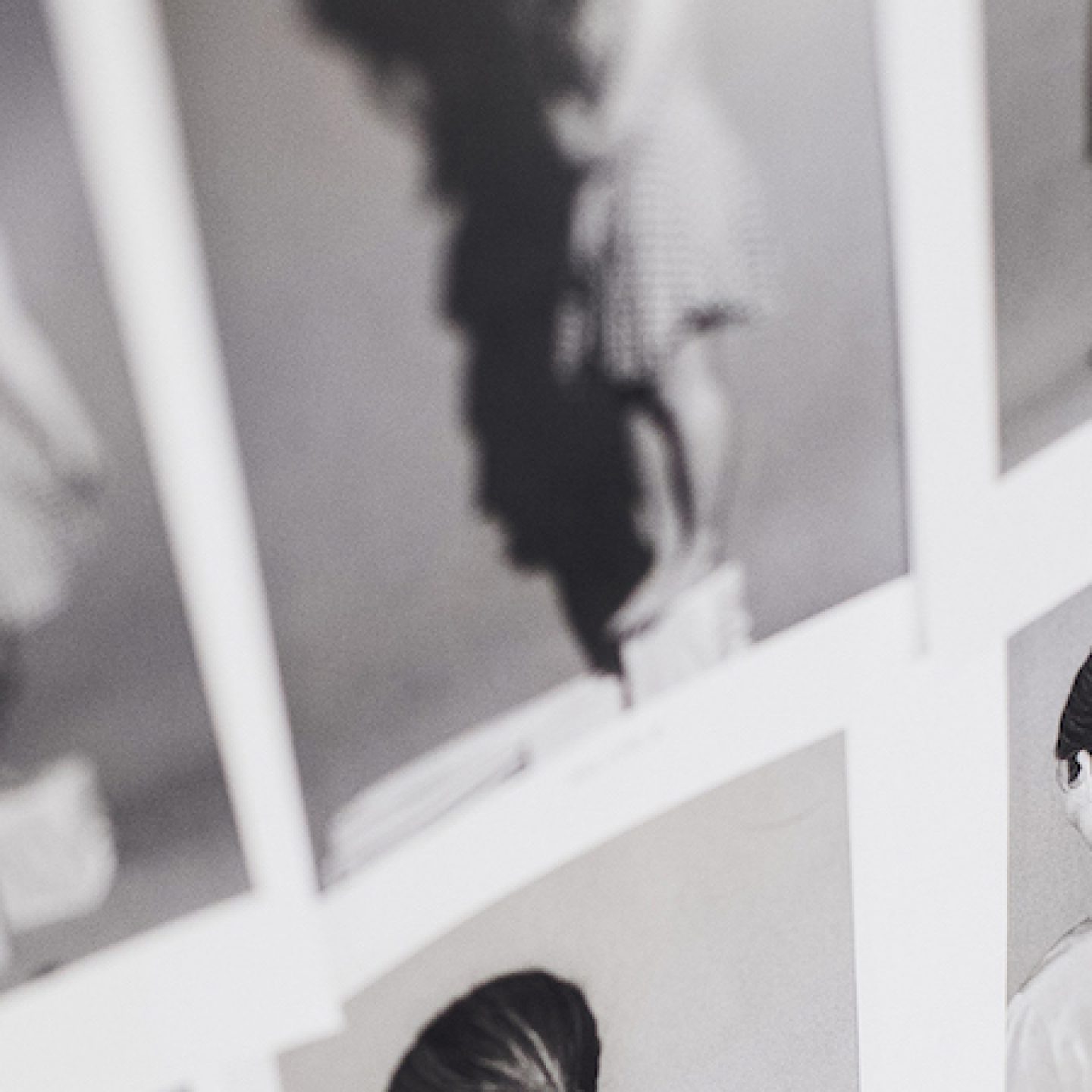
“If It’s Dancing, I Will Dance”: Photographer Peter Puklus On His Transdisciplinary Practice
- Name
- Peter Puklus
- Words
- Anna Dorothea Ker
“Tools are there to serve your ideas. I want to use the most perfect tool to express what I want to say, and if it’s dancing I will dance.” Artist Peter Puklus’ photographic practice transcends the traditional boundaries between artistic mediums, extending beyond the lens and into the realms of film, sculpture, and collage.
Born in Romania and based in Budapest, Puklus studied photography at the Moholy-Nagy University of Art and Design Budapest and New Media Design at the École National Supérieur de Création Industrielle in Paris. This year, he is working towards the completion of his Liberal Arts doctorate at Moholy-Nagy. Puklus’ works have been published in photo books and solo and group exhibitions, and have received numerous accolades across Europe and internationally.
Ahead of his upcoming exhibition, ‘Unsafe to Dance’ at C/O Berlin (06 February – 24 April 2015), we collaborated with the gallery to go behind the scenes and witness the artist at work in his Budapest studio. Whilst there, we talked about his experimental creative practice, his love for the photo book medium, and what he hopes visitors will take away from the experience of viewing his work.
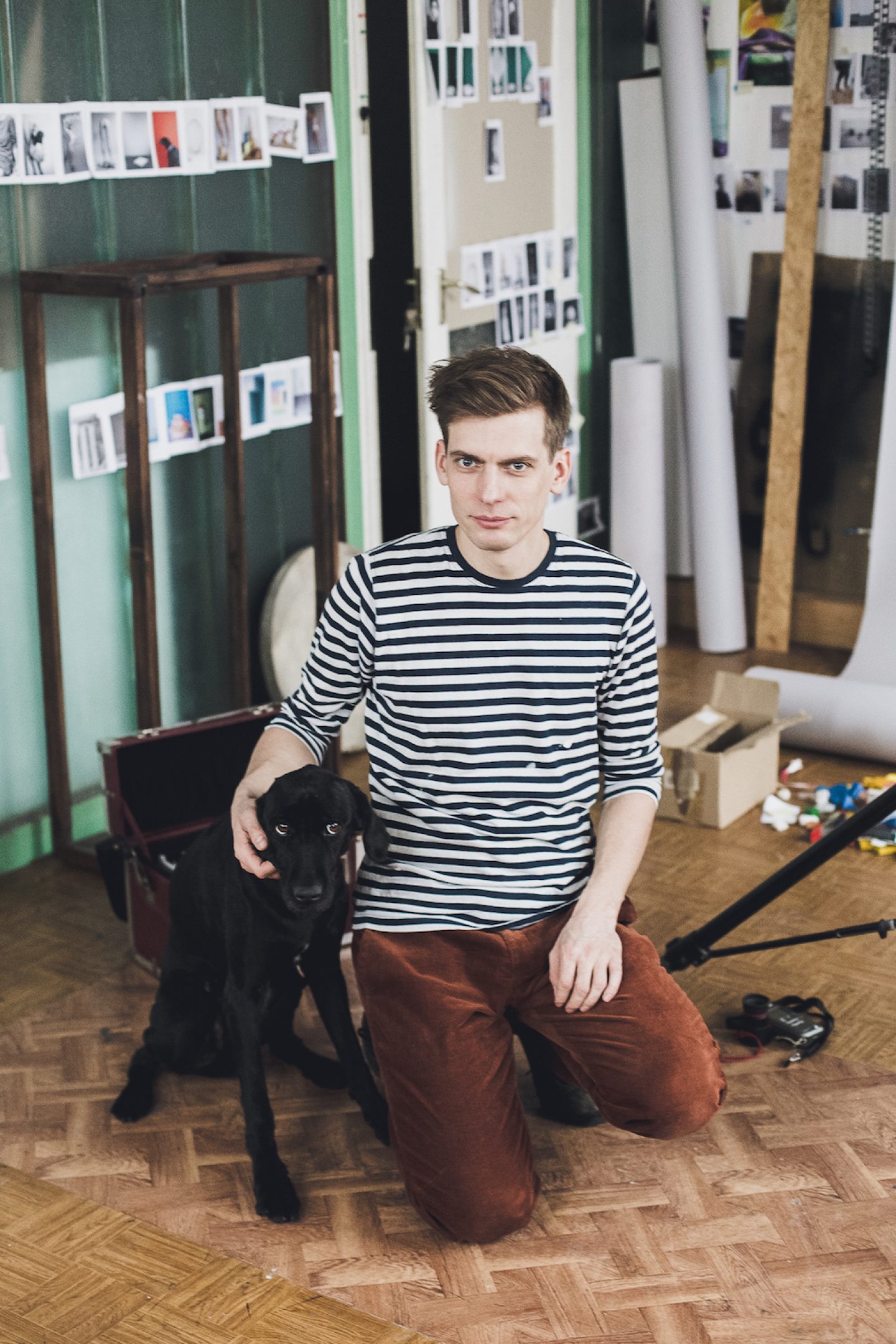
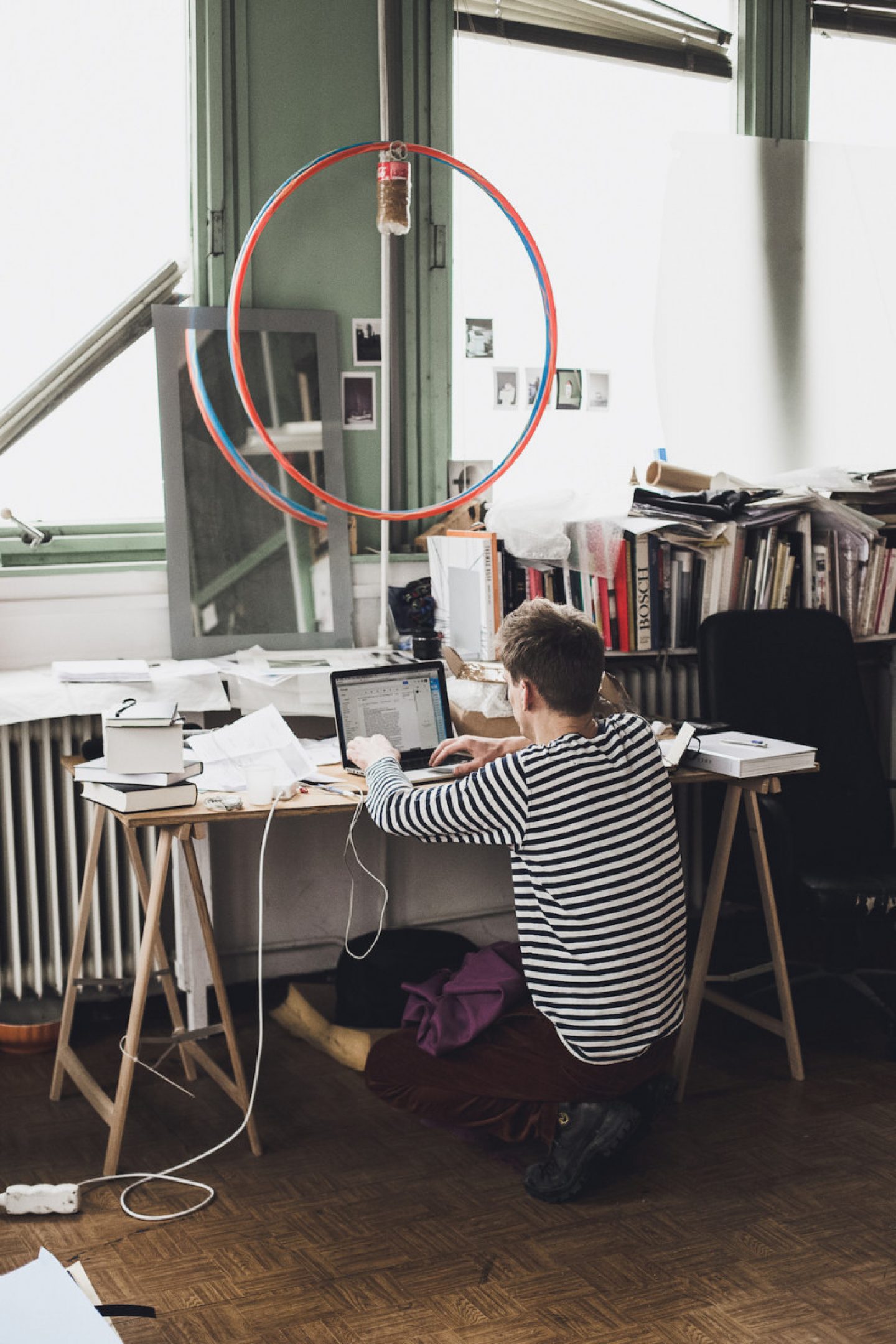
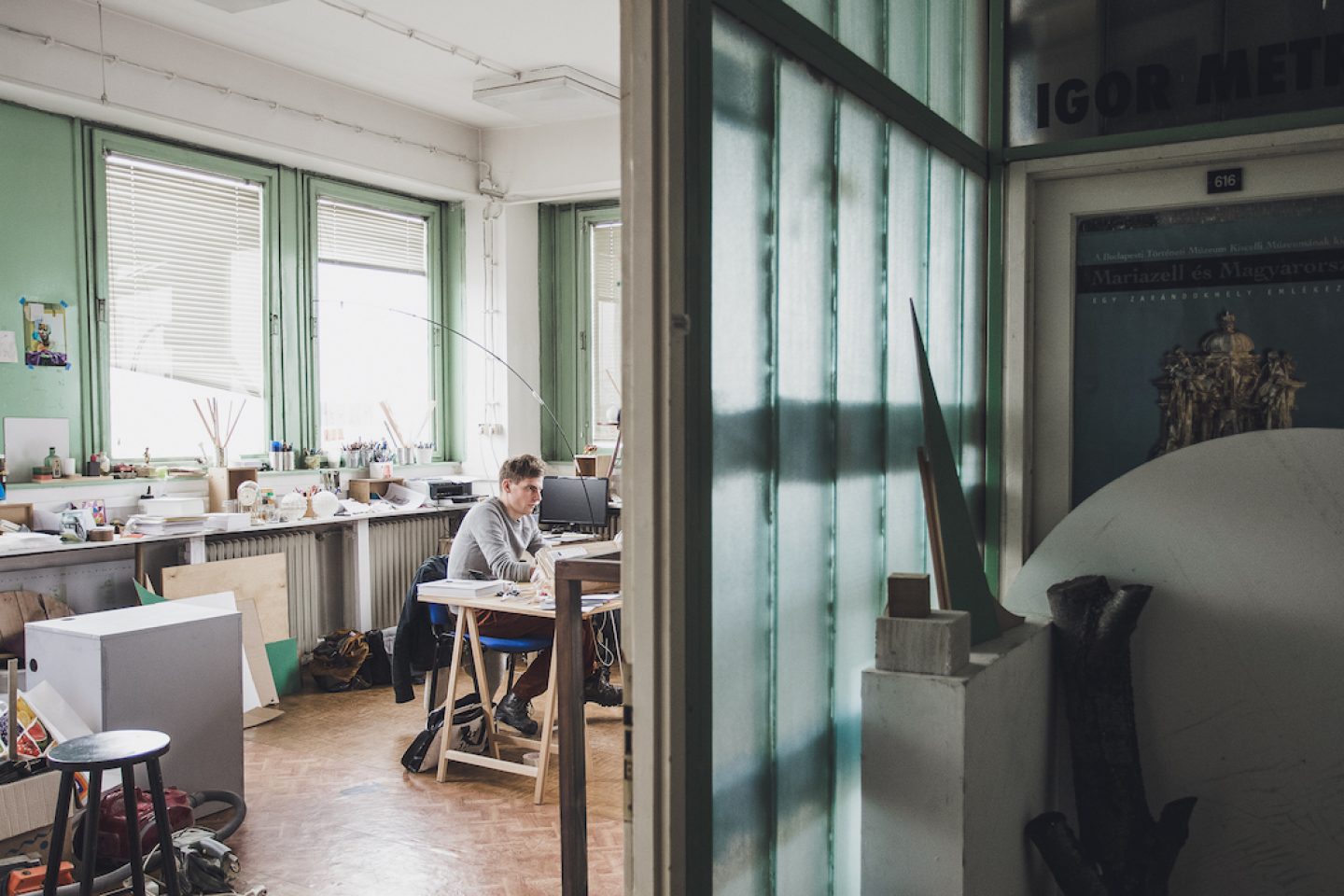
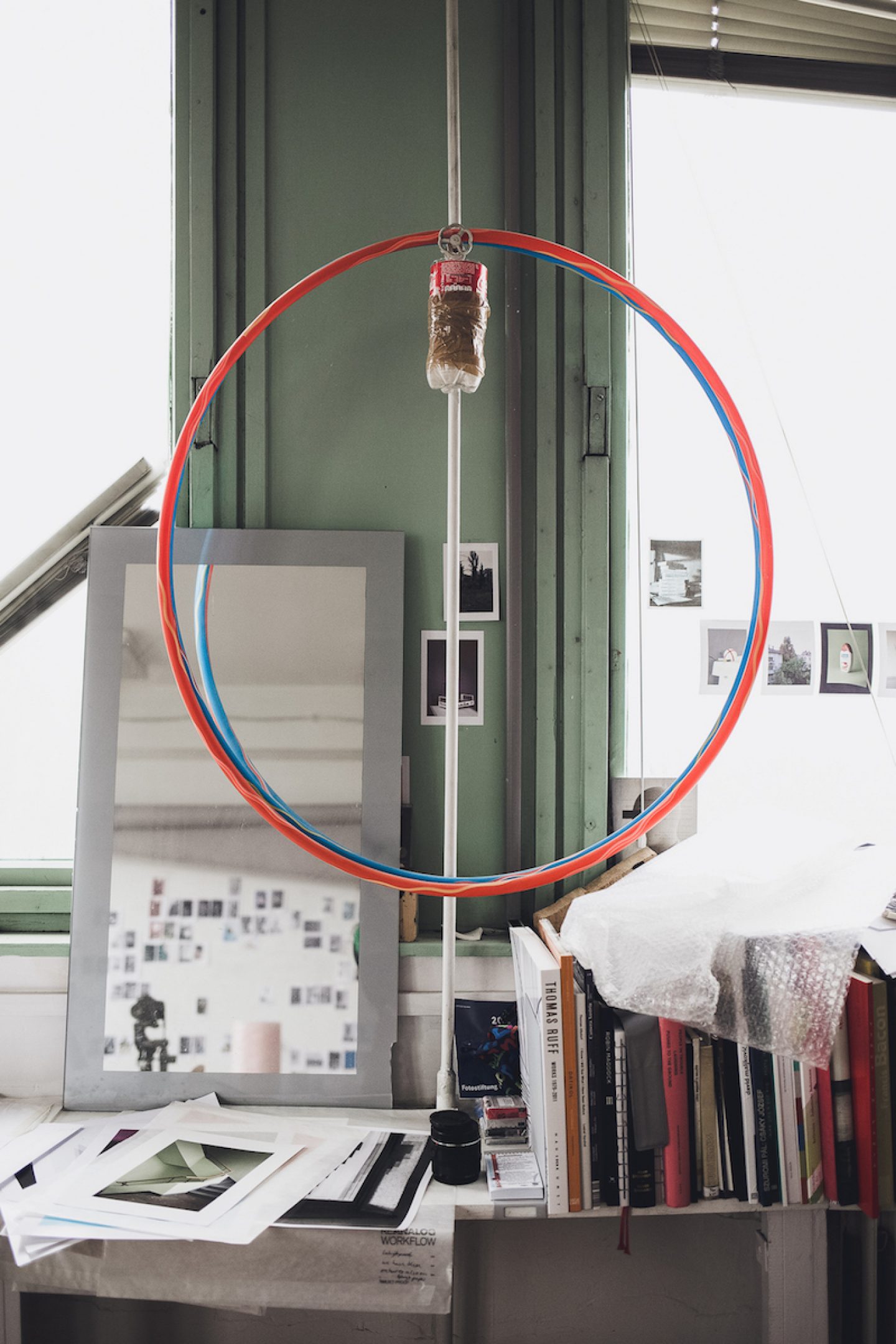
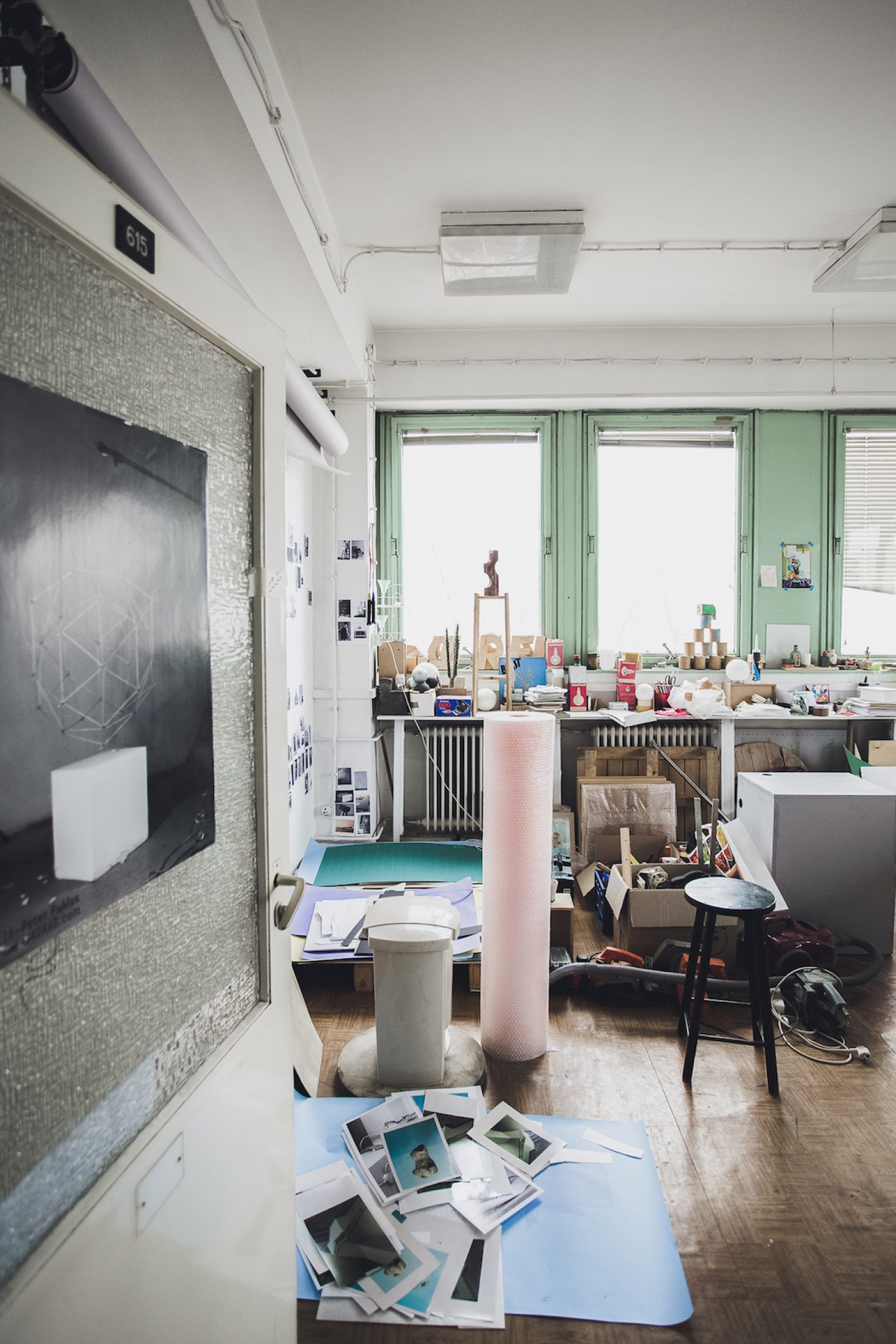
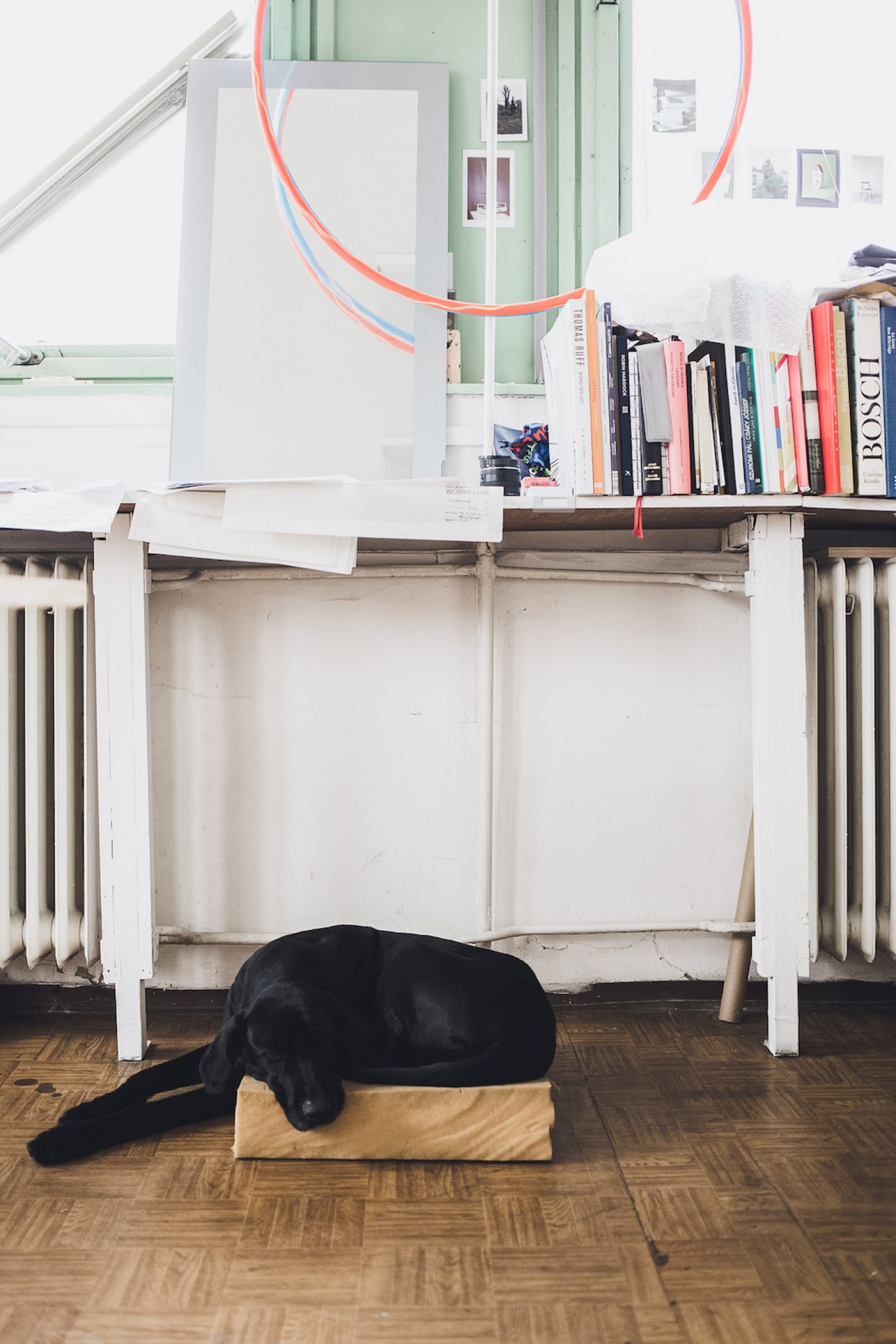
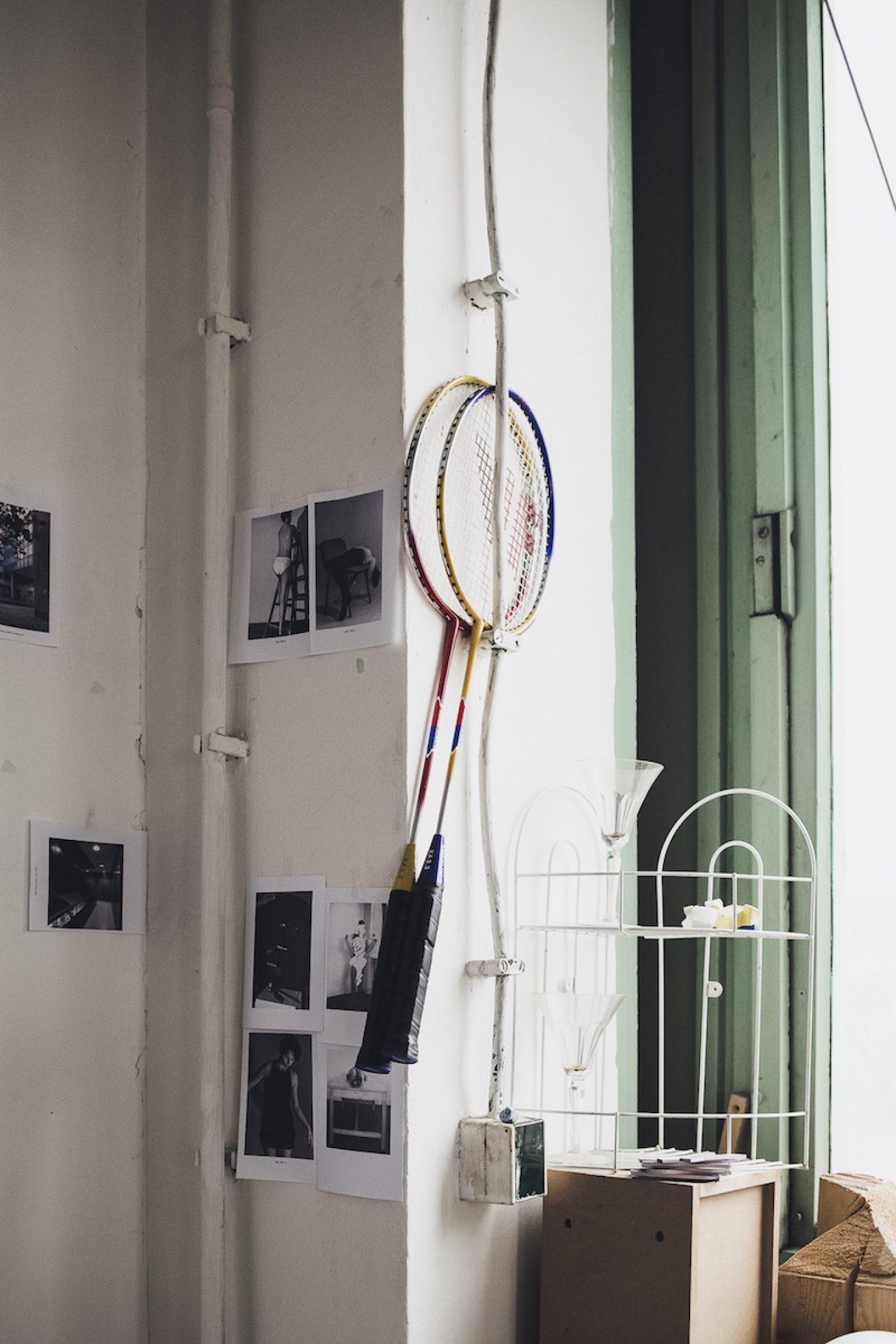
What first sparked your interest in photography, and how has it developed since then?
Peter Puklus: My first memory involving photography is when I was about 8-9 years old and my family went on an excursion with the family to climb the Schneeberg mountain in Austria. The day beforehand, I opened one of the drawers at the living room where I found my father’s old Exa 1b, an East German camera. Obviously I did not know how it worked, but I managed to open the back and pulled out the film which was loaded – I remember being pretty proud of it – and showed the result to my father. Then he explained the process and gave me a new roll. On the next day I photographed the forest, the clouds and cows.
“I’m interested in moving away from the classical understanding of photography and towards discovering unknown territories.”Since then? Almost thirty years have passed and over time I have become more and more obsessed with the medium. I studied photography at the Visual Communication Department of the Moholy-Nagy University of Art and Design in Budapest (MOME), from which I graduated in 2005. My graduation show is the basis of my project entitled ‘One and a Half Meter‘, which will be on show at Robert Morat Gallery in Berlin from 5 February onwards.
I later studied New Media at Master Class of École National Supérieur de Création Industrielle (ENSCI) in Paris, through which I realized that I’m also interested in moving away from the classical understanding of photography (e.g. a square format, usually in a wooden frame, hanging on the white wall) and towards discovering unknown territories such as what happens in time before or after that frozen moment when the picture was taken, or what happens in space in front of or beyond that square. In 2009 I went back to MOME where I started a DLA (Doctor of Liberal Arts) research in photography. This opened a long process of theoretical thinking and practice as well which I would like to close by completing my thesis hopefully this year.
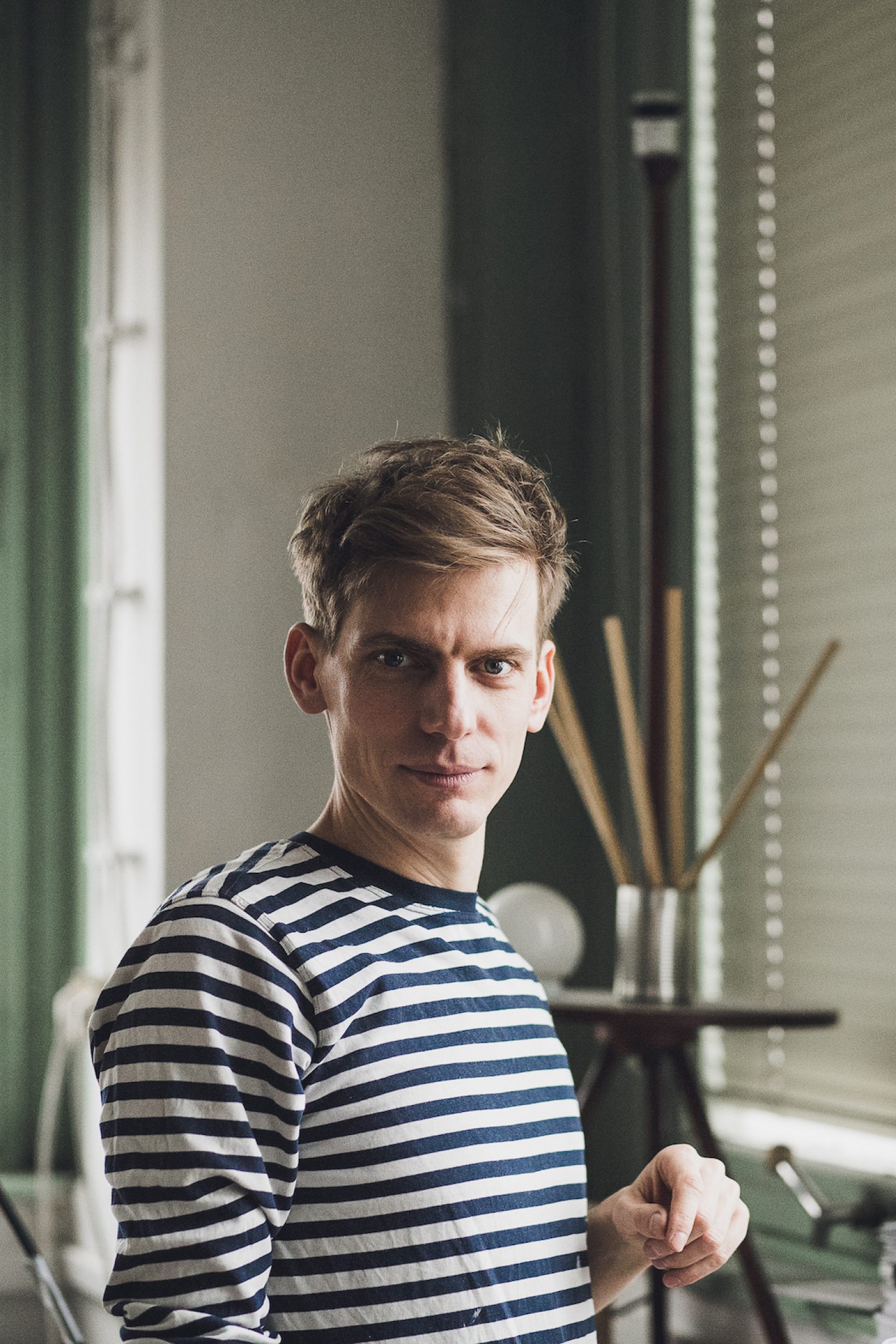
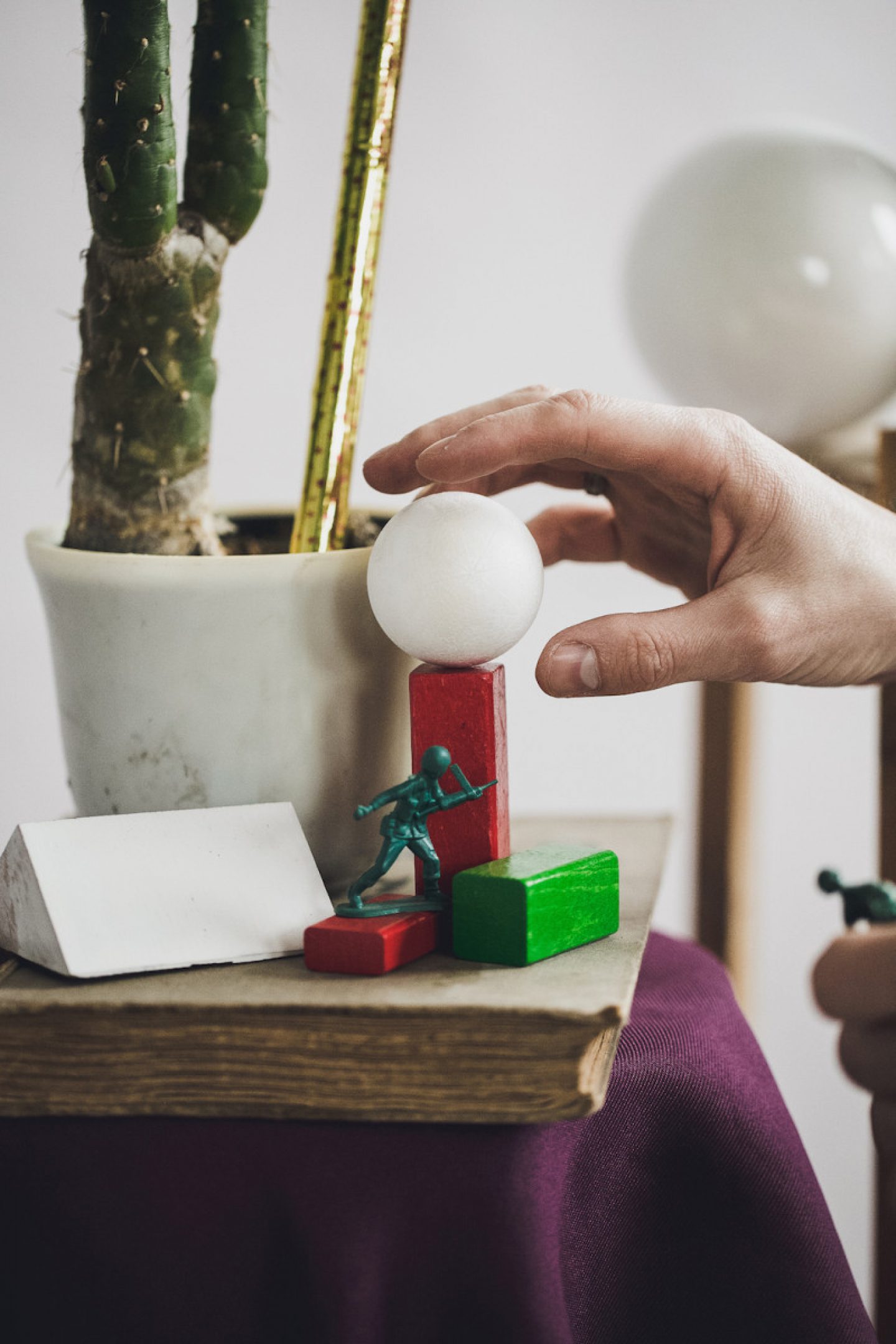
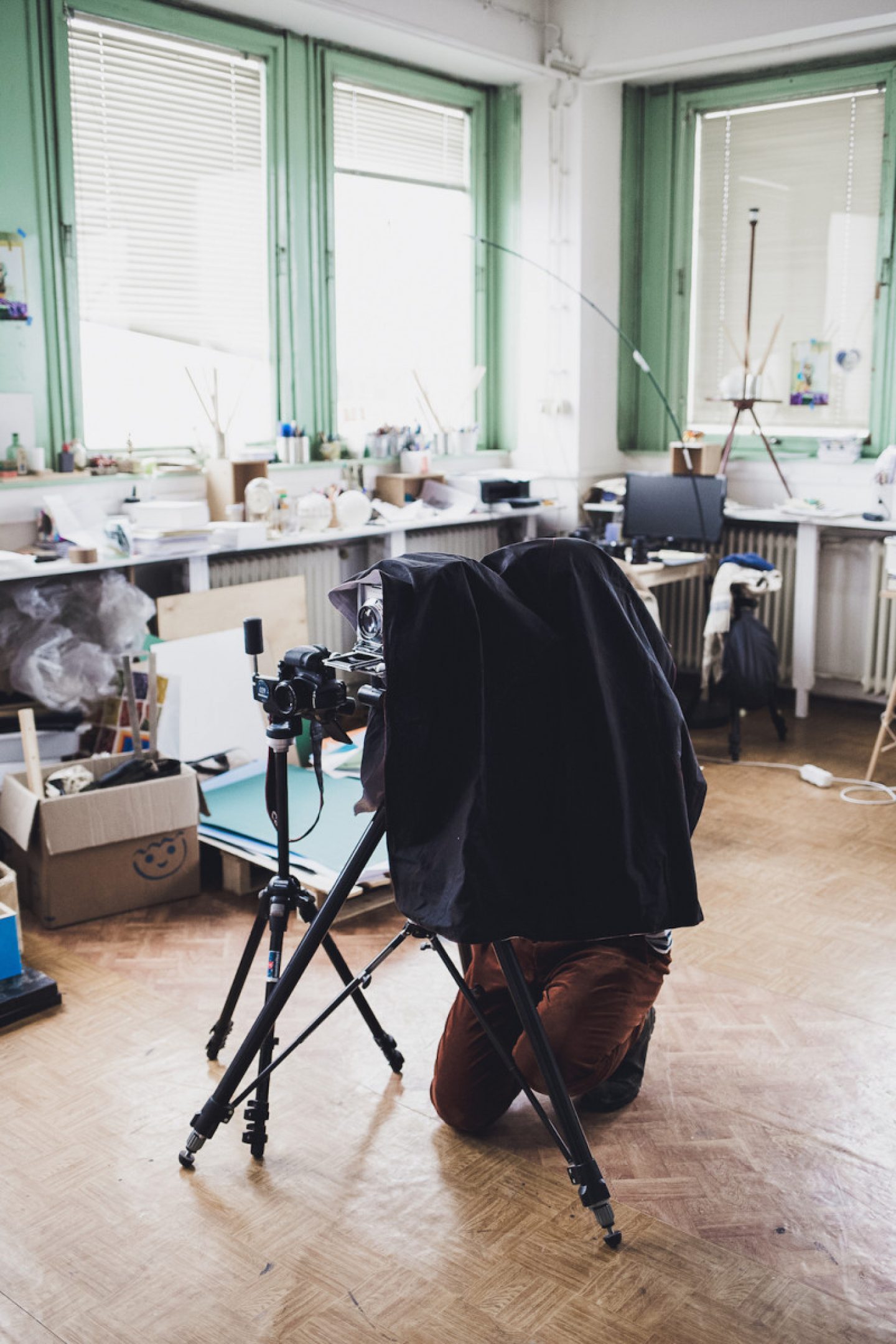
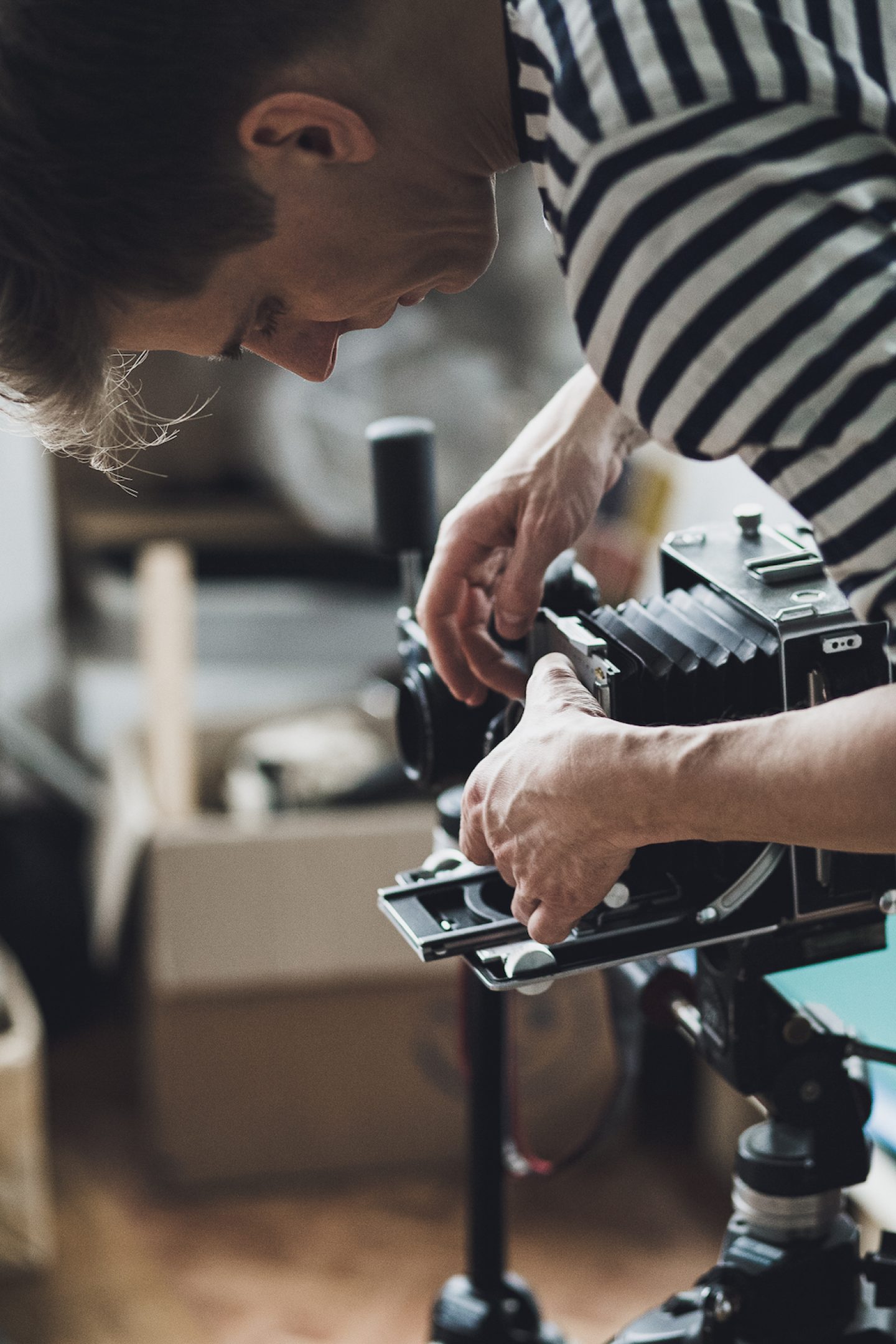
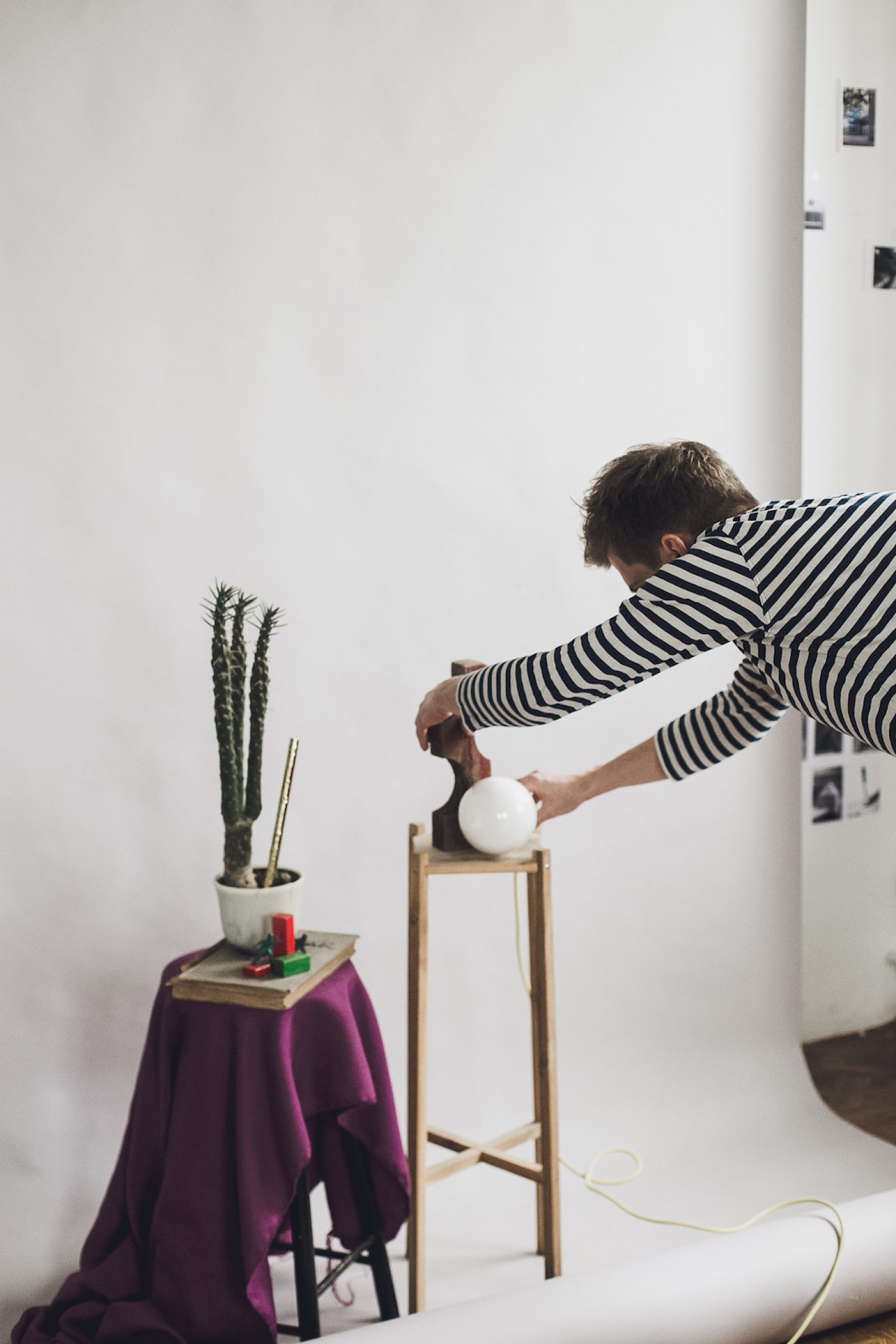
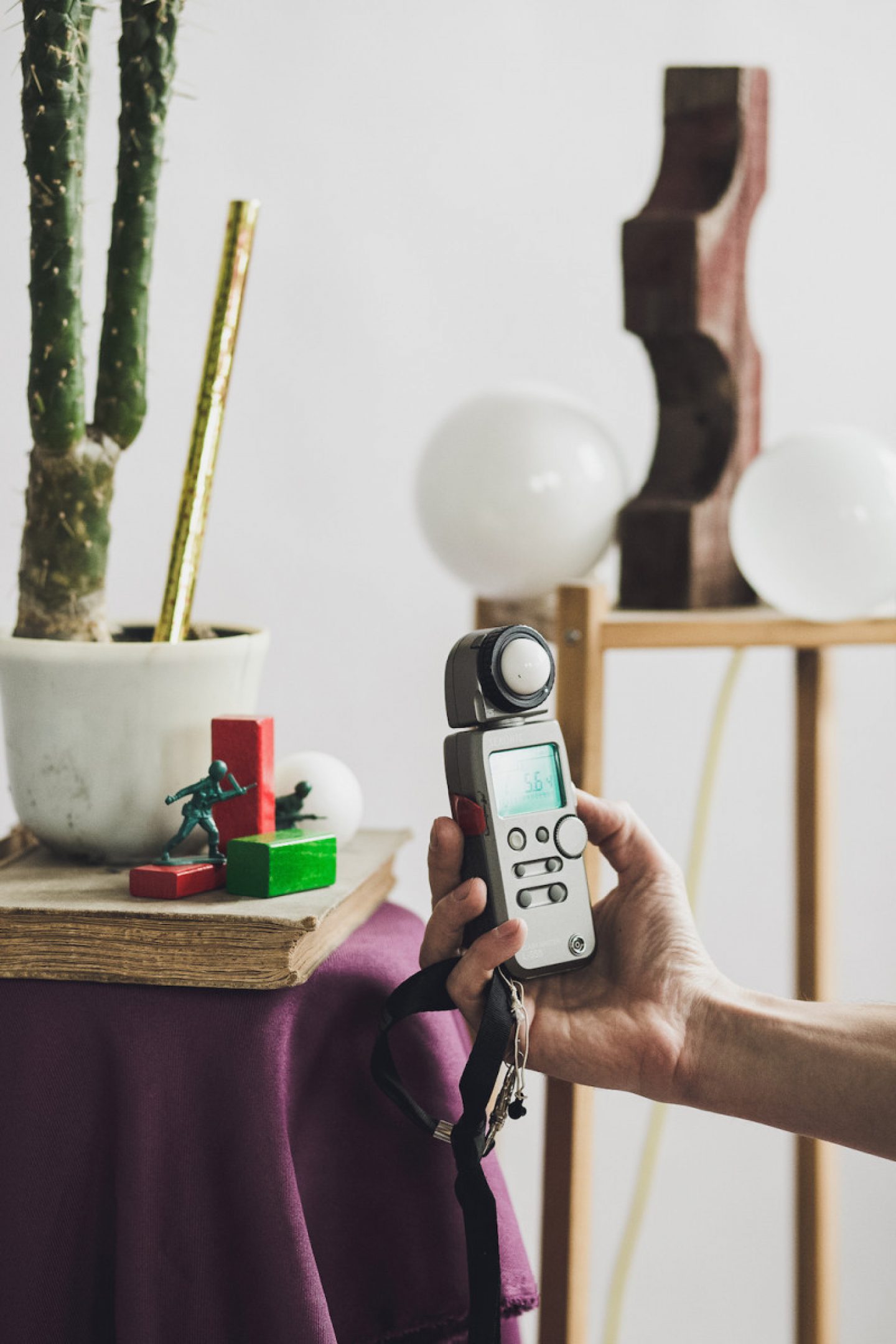
How would you describe your photographic style?
“There is no dedicated style which I follow; I would rather say that I aim to develop a visual language which includes a mix of different images, drawings, objects and moving images.”Peter Puklus: Well, this is a tricky question. I usually say that I do not consider myself a photographer but an artist whose main medium is photography. I believe this approach allows me to think more freely about the medium, and to jump between different forms of media if needed. I strongly believe that the most important tool of an artist is the message, followed by the medium. Or in other words: first you have to know what you are willing to say, then you’ll be able to select the right tool which serves you best. If it’s dancing, I will dance.
By the way, this is why the title of my show ‘Unsafe to Dance’ at C/O Berlin includes the word ‘dancing’. The same concept applies when we look at my photographic images and when we are searching for a style: I like to play between different genres and styles in photography. There is no dedicated style which I follow; I would rather say that I aim to develop a visual language which includes a mix of different images, drawings, objects and moving images.
You studied photography and visual arts, and are currently undertaking your doctorate in Liberal Arts at the Moholy-Nagy University of Art and Design in Budapest. How do you translate the theoretical into the visual?
“Theoretical studies obviously give you a certain basis not only in history of art, but they also offer an understanding about how other artists see the world”Peter Puklus: As a practicing artist, I think that theoretical studies obviously give you a certain basis not only in history of art, but they also offer an understanding about how other artists see the world, manage to survive or develop further strategies. In my case, those theoretical studies helped me learn more about the operative tasks surrounding the works.
Although there is another aspect which can be considered while we are looking at translating theoretical into practice: besides the artistic life I have a more business-like consciousness as well. Almost three years ago, I co-founded a design agency which focuses on Prezi-based presentations for international clients. I started it as a freelancer by myself, then partnered with a project executive professional. We are still small, but growing step by step – these transitions require entrepreneurial attitude in a start-up environment. I can benefit a lot from leading such an organization: long-term experiences with preparation, planning, methodology or project-management are all useful know-how in the artsy world.
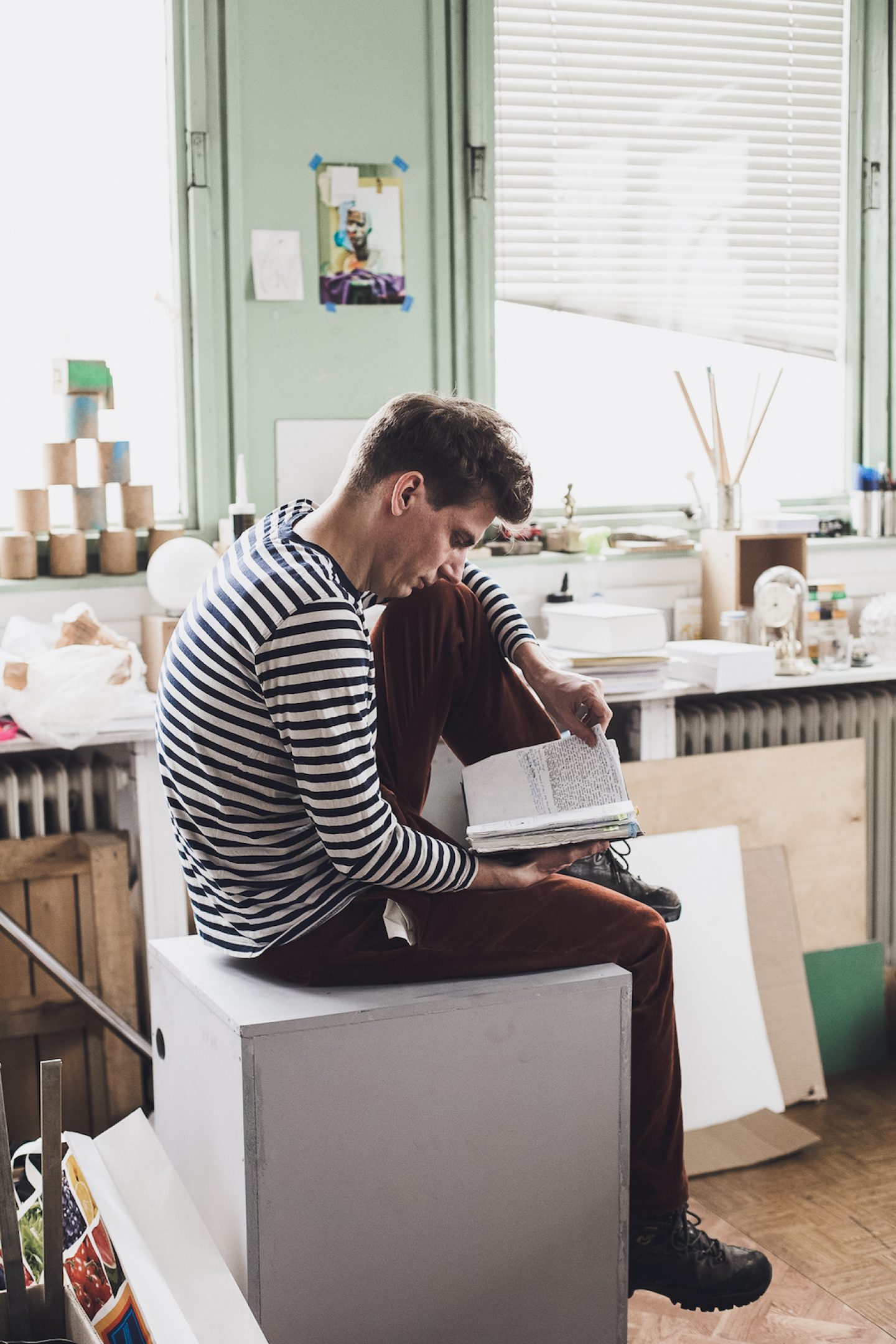

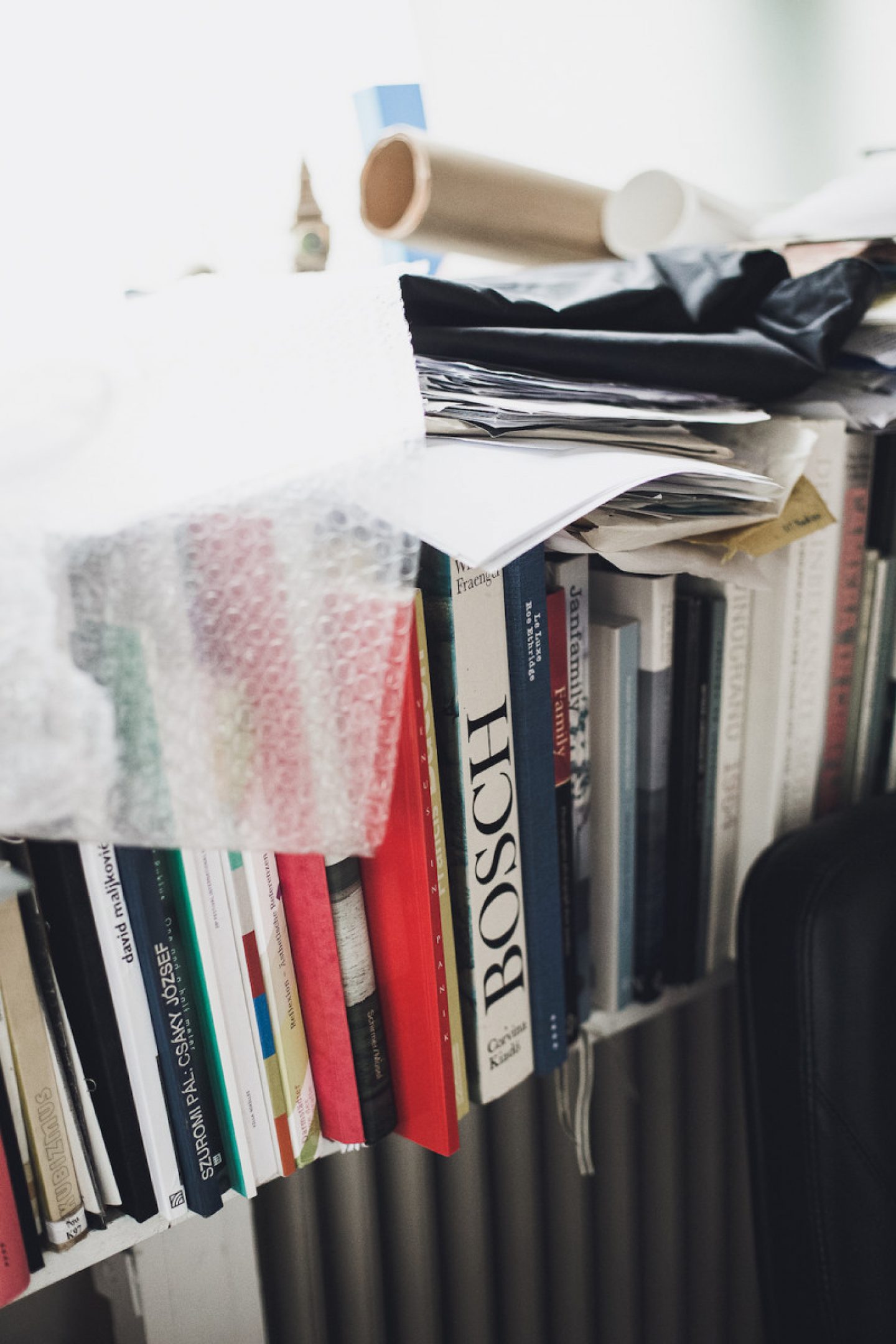
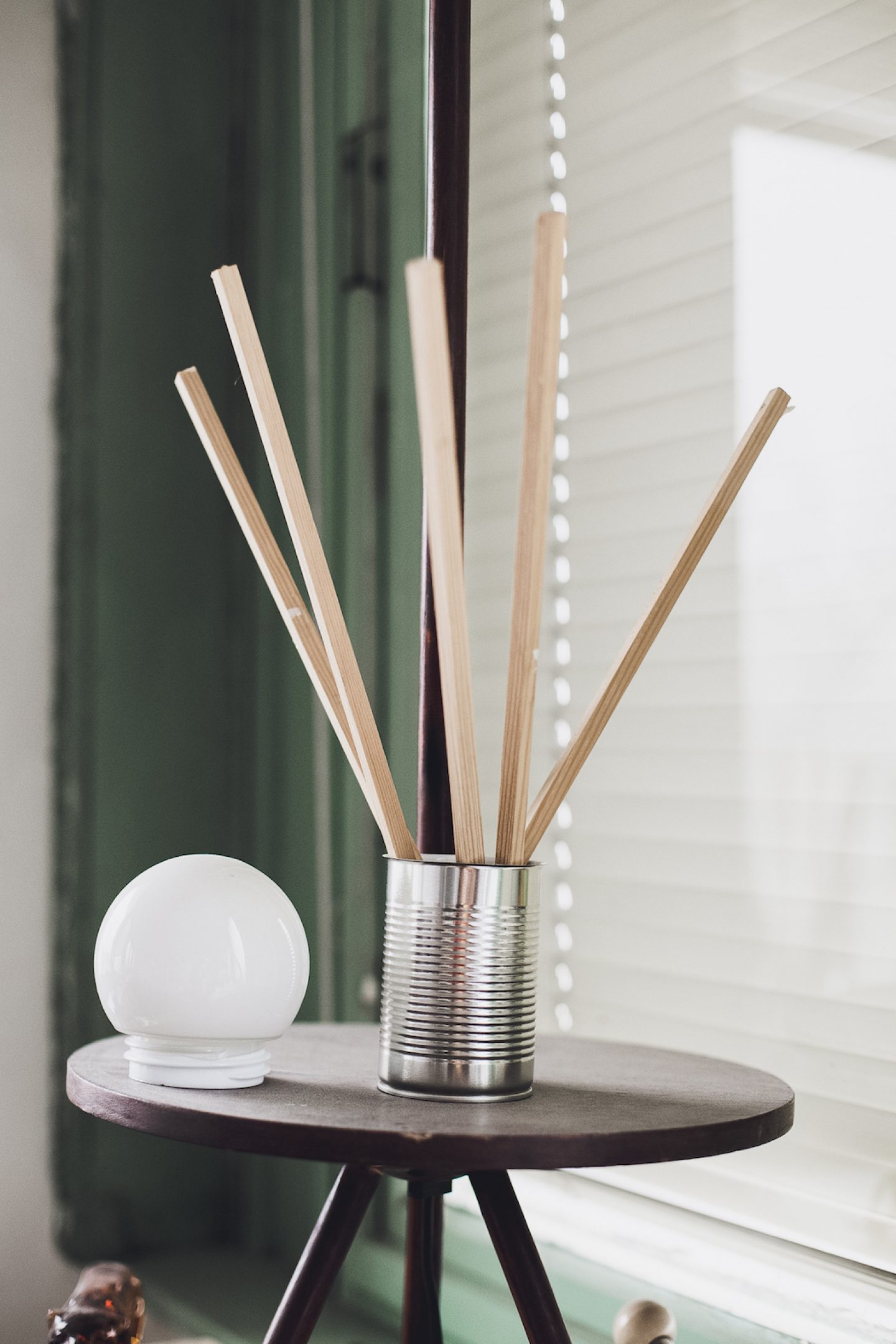
Your practice transcends traditional boundaries between artistic disciplines. How do you navigate the interplay between photography, film, sculpture, and collage in your work?
Peter Puklus: It is all about connections. When I was a child I liked to make up stories about unknown people on the street, based only on my imagination. Then I realized that this is common behavior: as soon as we do not know or understand something but we have to live with it, we transform that effect into something which seems reasonable or at least understandable. This is exactly what happened for the first time when I was working on the project entitled ‘Handbook to the Stars’ (which forms part of my exhibition at C/O Berlin).
“At this exhibition, one of the most important questions pertains to what the final work is, and how far the boundaries of photography can be pushed.”Basically I wanted to illustrate how the human mind works: we are able to connect non-related things together in order to create a story which helps us to easily familiarize ourselves with it. The title ‘Handbook to the Stars’ talks about the same concept: from ancient times people wanted to understand the universe and our place in it. The night sky provides a perfect example: people connected bigger stars with smaller ones and gave different names to those constellations, like Scorpio – which is pretty nonsense because there is obviously no scorpion above us – but I like the way how the different parts are compiled together to create a unit. By the time these connections have been extended to almost anything: a color, a memory, a shape, a smell, etc. can be the link between different images and different media as well.
While I was taking the photographs for that project sometimes I needed to photograph nonexistent objects, which I had to build or construct by myself – but at the beginning they were destroyed after being photographed. After a while I realized that those objects can stand alone in the space with or without being a subject of a photograph or recorded in movement etc. But at the end of the day, there is a busy combination of moving and still images, drawings and objects and they are all related together in a certain way, like they do at my ‘New Works’ show at Galerie Conrads in Düsseldorf. At this exhibition, one of the most important questions pertains to what the final work is, and how far the boundaries of photography can be pushed.
Your work has been likened to that Wolfgang Tillmans and Lászlo Moholy-Nagy. Who or what do you consider to be your main inspirations, and how does their work influence yours?
Peter Puklus: I would rather say that my most important inspiration is to live with an open eye, ear and heart. To absorb, digest, store then re-use the happenings in everyday life. A casual situation such as the unintentional placement of a piece of garbage in the bus stop can spark an idea which will be developed until a piece in the gallery. Of course I derive inspiration from readings, shows and other artistic inputs, but I wouldn’t highlight any particular person, era or movement.
"A casual situation such as the unintentional placement of a piece of garbage in the bus stop can spark an idea"
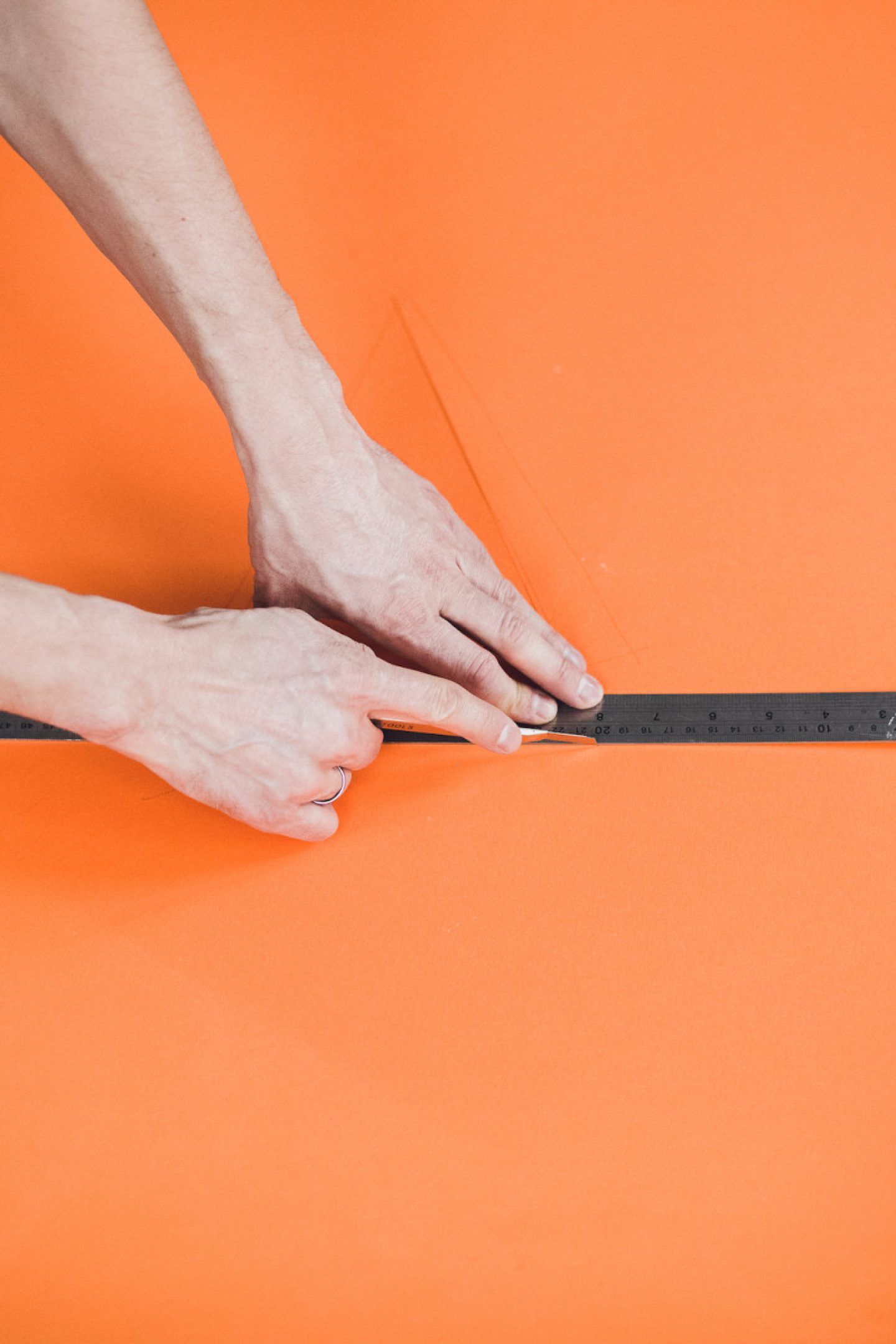
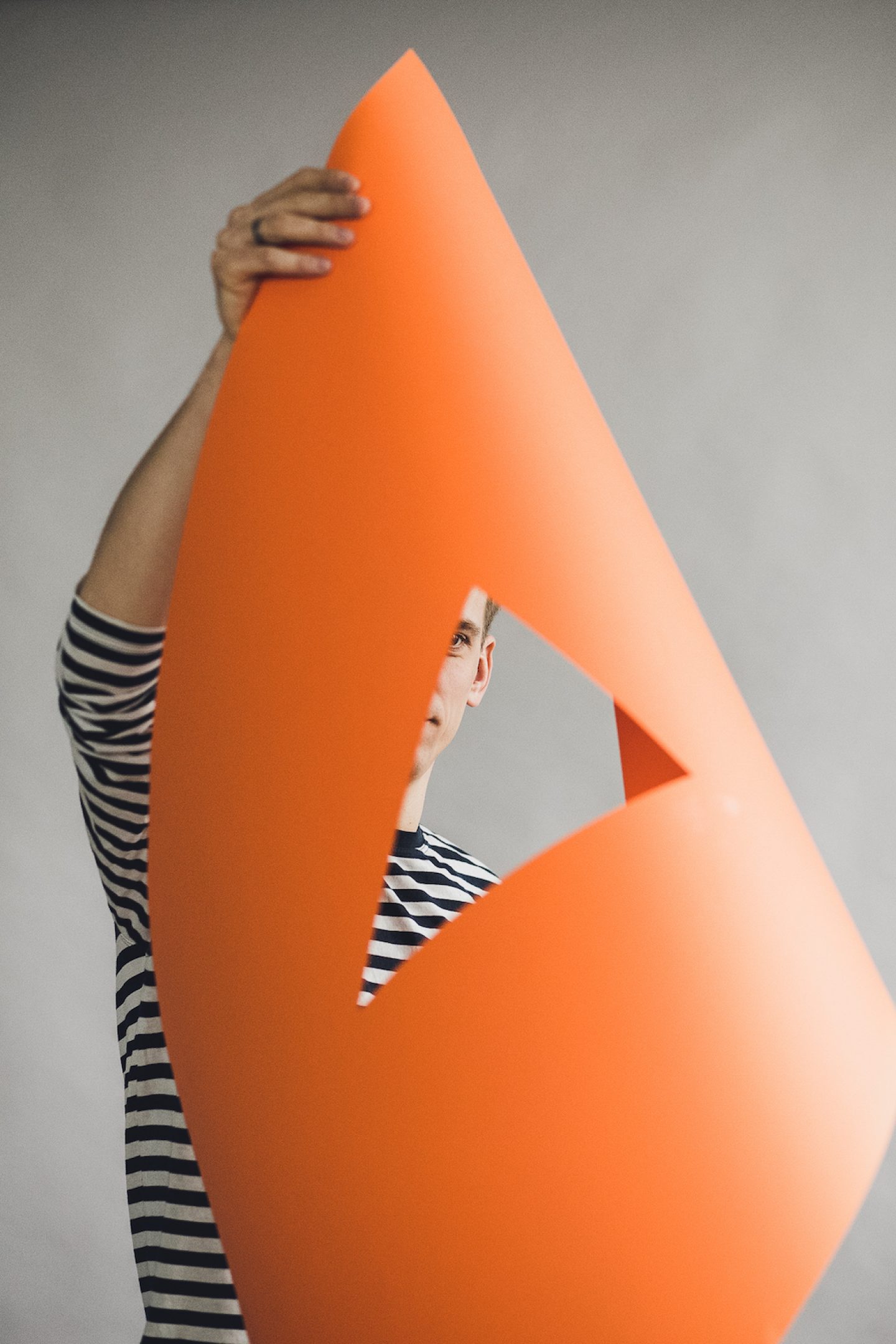
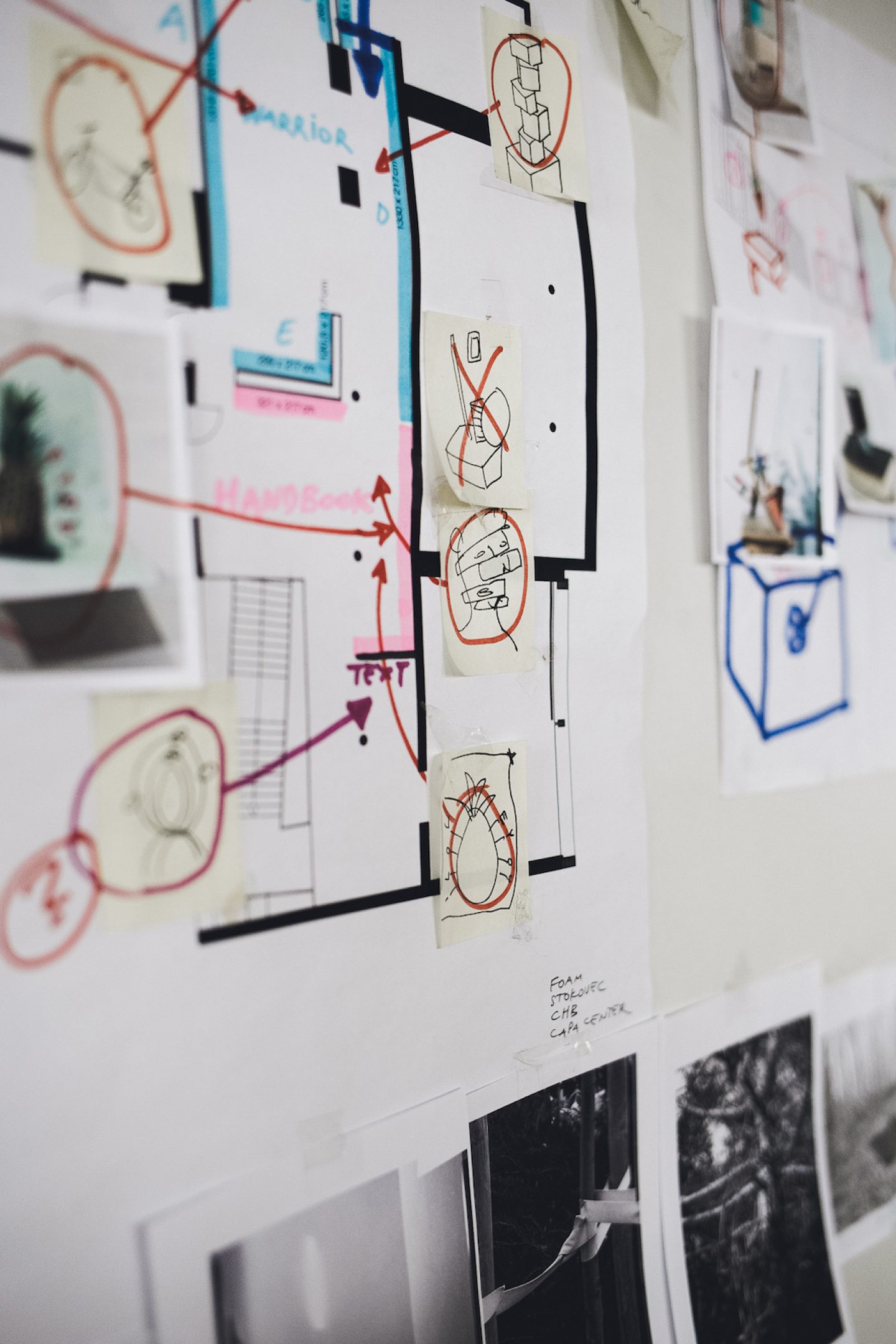
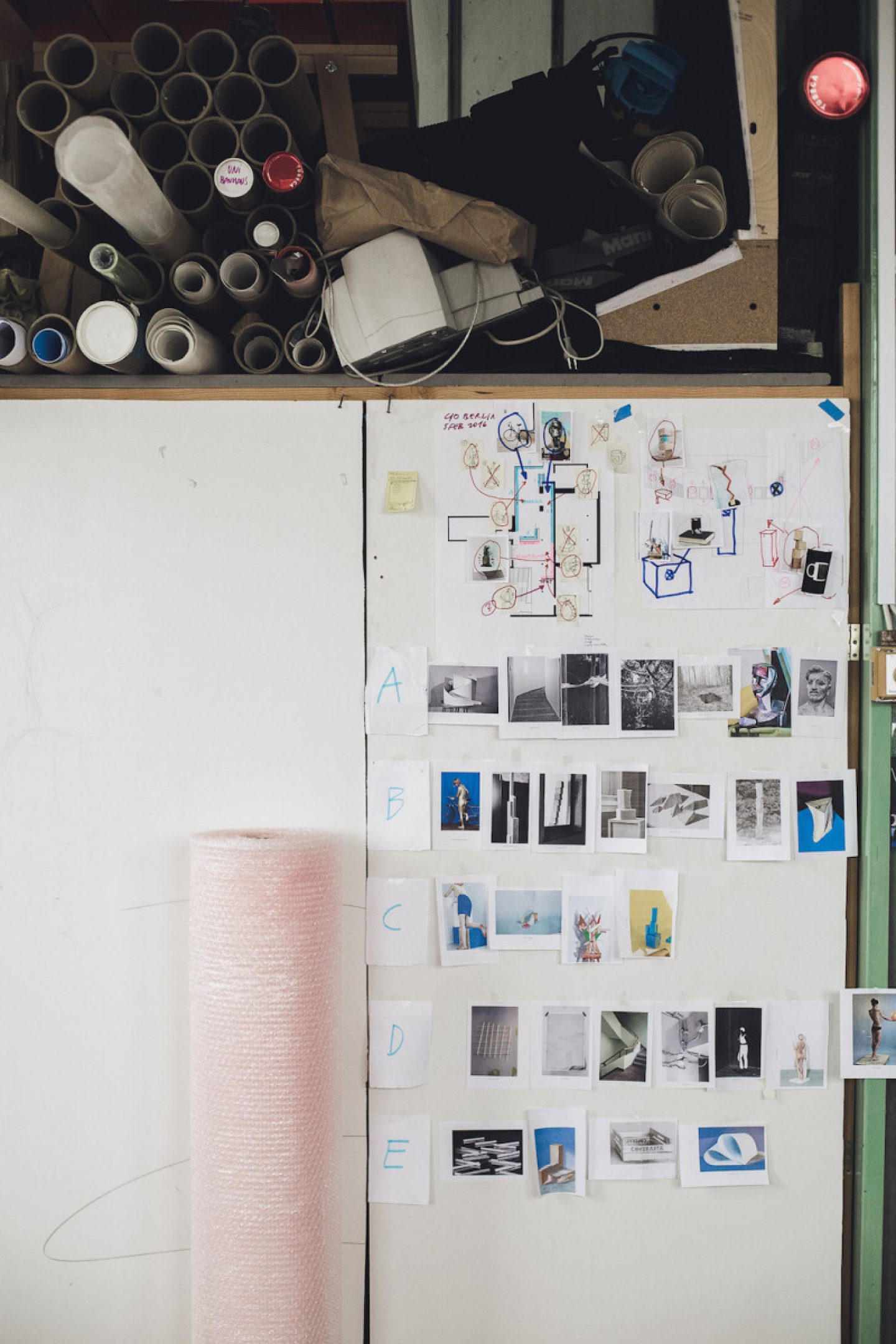
How would you describe the photography scene in Budapest at the moment?
Peter Puklus: Perhaps the most recent important happening is the opening of the Robert Capa Photography Center, which displays a wide spectrum of contemporary photography, from journalism to conceptual art, and supports young artists by running a project room. Recently, MOME got the green light to expand their campus where the Media Design Department (including Photography) will get a cool new building with fancy and heavily equipped studios.
Some of the works in your upcoming ‘Unsafe to Dance’ exhibition at Berlin’s C/O Gallery were first published in photo books. What appeals to you most about the photo book format for presenting your photography?
“I like the idea of the actual object itself: it works without electricity and internet connection.”Peter Puklus: There are several aspects to photo books that appeal to me. First, I like that they are a very democratic medium where an entire oeuvre can be purchased for a relatively small price. I like the idea of the actual object itself: it works without electricity and internet connection. For me, the photobook is always the sign of an accomplished project – the last step, if you like. While publishing a new book, I set a milestone: I know that the project was done (in terms of taking pictures, etc.) and I can focus on the next one. This year I am planning to publish a new book ‘The Epic Love Story of a Warrior’ with Self Publish Be Happy. I am pretty obsessed by the way they approach that recent boom in the photobook world and how outstanding is their presence at the market. And most importantly: I love the smell of a freshly printed book.
The exhibition, curated by Ann-Christin Bertrand, brings together around 80 of your works. What do you hope visitors will take away from it?
Peter Puklus: The exhibition ‘Unsafe to Dance’ at C/O Berlin is divided into two parts: at the first part you will see ‘Handbook to the Stars’ where the visitors can glimpse how and where these experiments concerning the understanding the medium of photography happened for the first time. In the second part of the exhibition the visitors can see a selection from my ongoing project, ‘The Epic Love Story of a Warrior’, where the connections between the images on the wall and the objects in the space will be more apparent. With these three parallel exhibitions I feel like my presence in Germany is a retrospective one – which is a funny feeling at age 35.
"With these three parallel exhibitions I feel like my presence in Germany is a retrospective one - which is a funny feeling at age 35."
All images © Bianka Schumann
